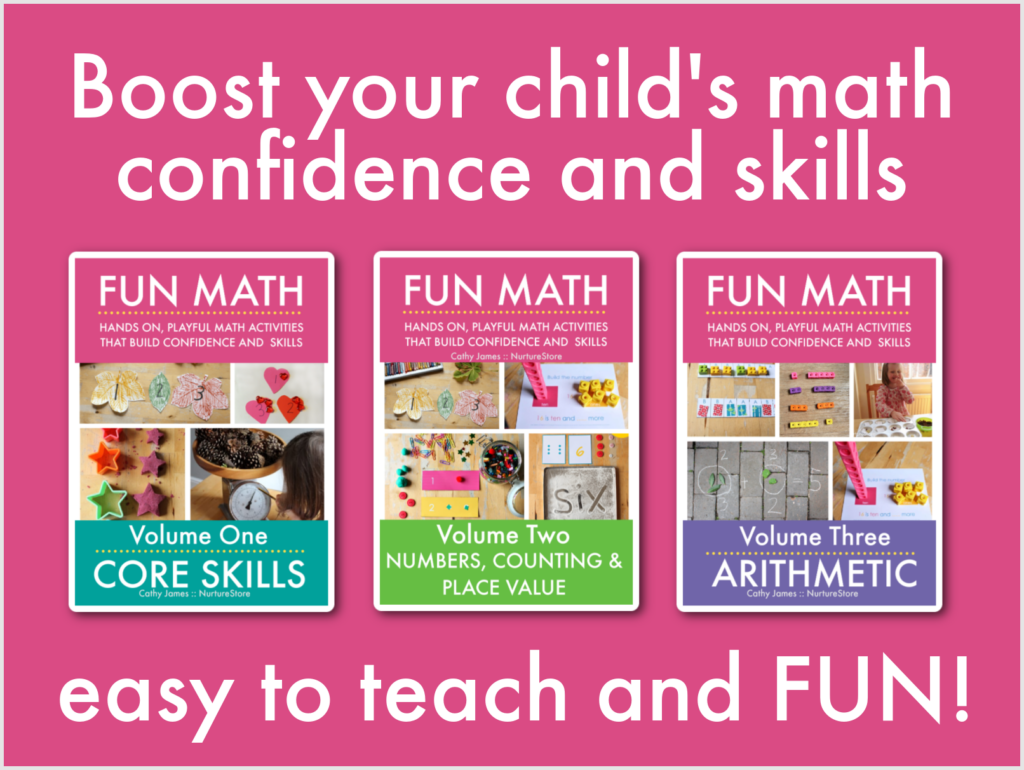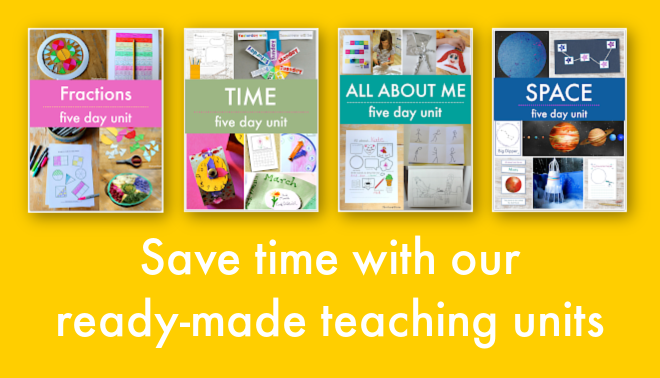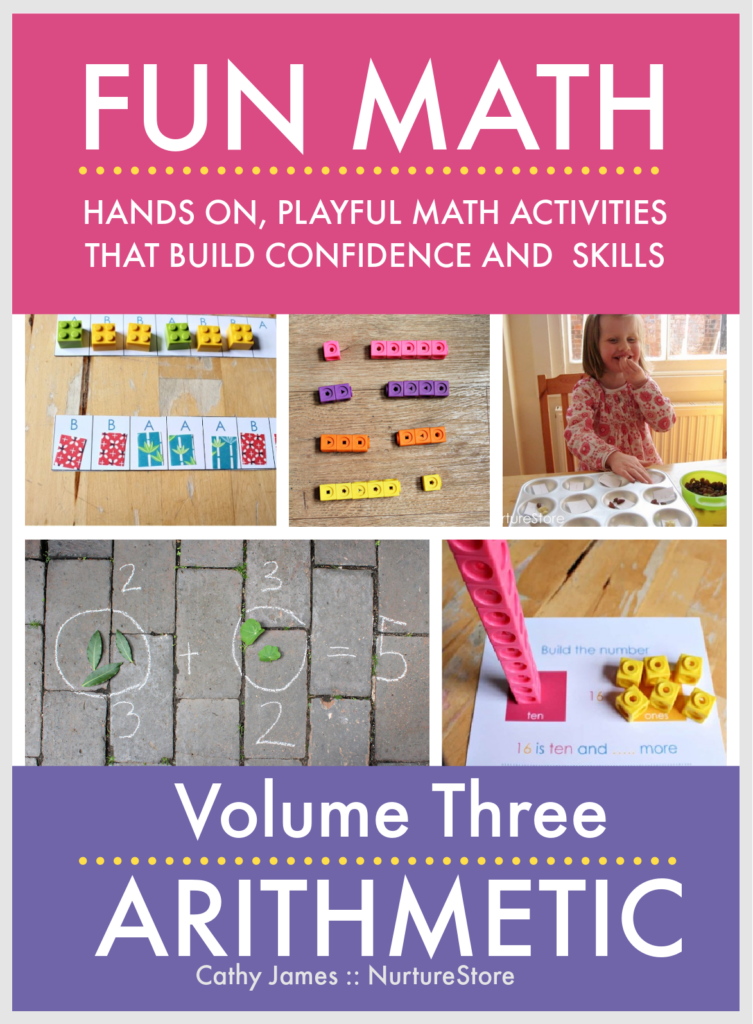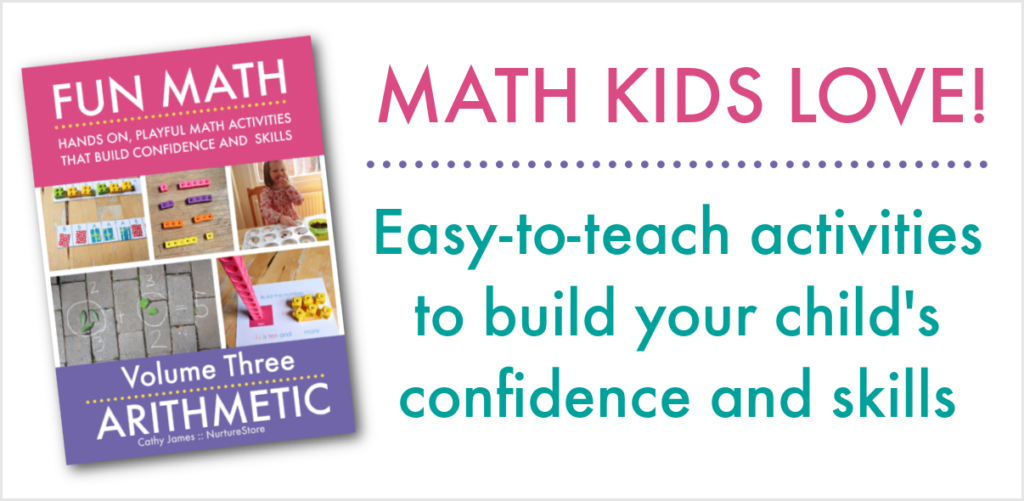Use this beginners’ guide to math stations and learn how to use math stations in your classroom to make your teaching easier and more effective.
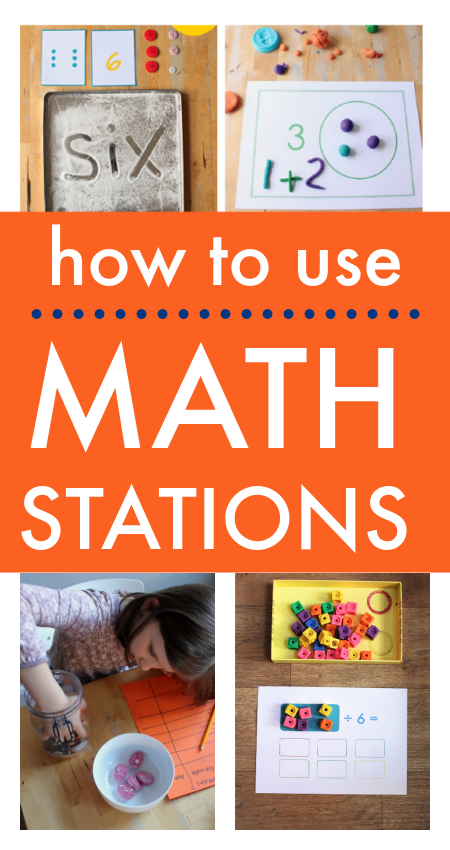
A beginners guide to using math stations
Math stations can make your classroom run more smoothly, help you teach more effectively, and give your children more hands-on variety in their lessons.
Use these ideas, taken from our Fun Math resources, to incorporate more math stations in your teaching.
Magic Fun Math lessons!
Fun Math is an easy to teach, highly effective math curriculum based on play and hands-on learning.
All the lessons are designed to be fun and memorable, so children enjoy their lessons and feel confident.
The lessons are easy for teachers and parents to use, in class or at home.
These are the magic lessons where children really see, understand, and can apply math concepts. They are especially suited to children who don’t like math, lack confidence, don’t understand math the way they are currently being taught, or just want to play.
SEE MORE AND TRANSFORM YOUR MATH TEACHING HERE.
What is a math station?
In addition to math discovery centres, math stations are also very useful in helping children build skills.
Where discovery centres are more about free exploration, curiosity and playing, math stations usually have more directed activities. They are still multi-sensory and hands-on but often have a suggested task to work on.
A math station might offer an activity to complete independently or might be adult led.
They are there to give children hands-on opportunities to work with concepts that have been introduced to them: to practice, build confidence and become more proficient.
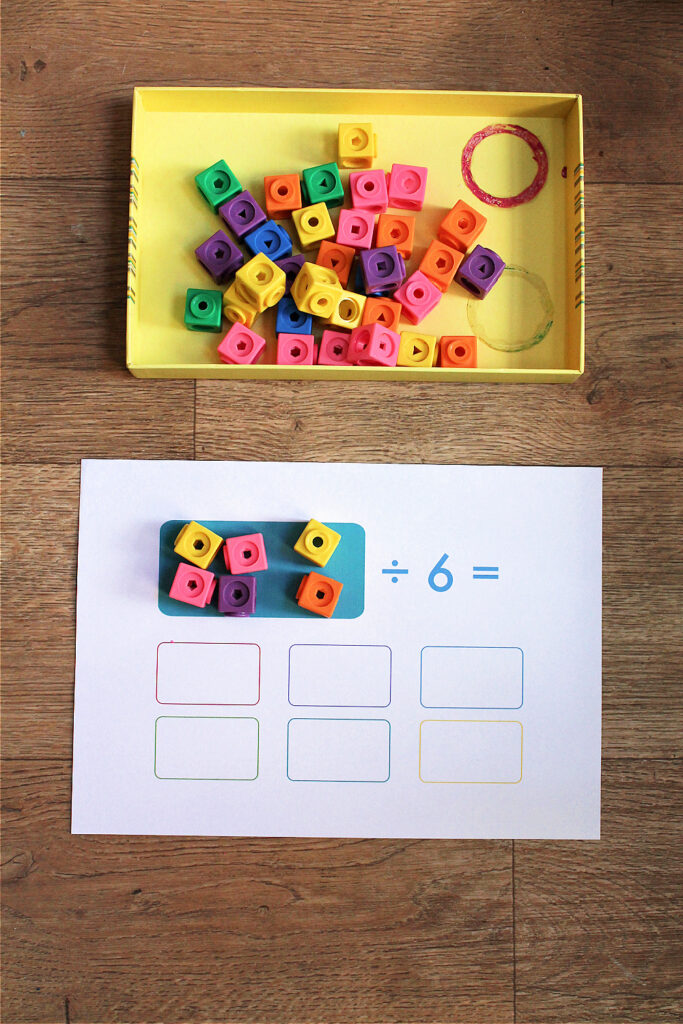
How to use math stations in a classroom
As an example, you might have a math discovery centre set up around the theme of Money, stocked with items on the theme such as coins, receipts and price lists.
(You’ll find ideas on how to set up many different math discovery centres in Fun Math Volume One : Core Skills)
Your children can spend time exploring coins, what they look like, handling them, reading menus, talking about how much things cost, and playing with purses and wallets.
An adult may then lead a lesson looking at the coins and how they add up to pay for things. You might cover what denominations we have and order coins from least to highest value. Together you might practice putting different combinations of coins together to have enough to pay for something.
A math station might then be provided to practice these money skills. For this money theme, the station can be set up like a pizza parlour, with a menu with prices, a wallet with coins in, and play dough and loose parts toppings for pizzas.
At the station each child is invited to make their own play-dough pizza with toppings that add up to £1/$1, and then use coins to pay £1/$1 for their choice. They wi be putting into practice what they have learned from the discovery center and their teacher.
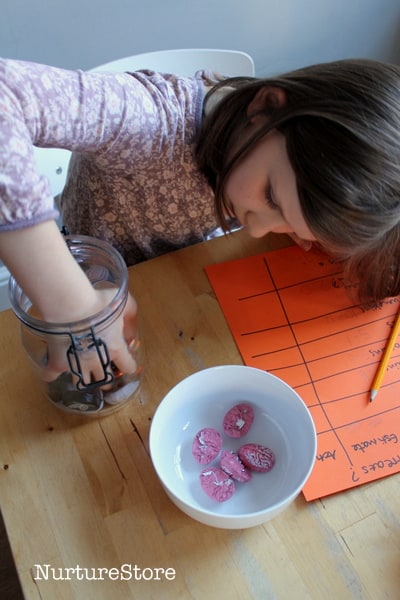
Where to place math stations in your classroom
The layout of your classroom will largely determine the placement of your math stations but there are a few things to consider:
:: it’s good to have a dedicated area for your math station(s) so children know where to find them and what they are expected to do when visiting them. They can be set on a small table, on a shelf, or on a mat on the floor.
:: think about whether the station activity will work for solo children or would function better for pairs or small groups of children and set out the number of chairs accordingly
:: have everything needed for the activity laid out at the station, so children can get to work / play straightaway.
:: have the station in a location where you can clearly see the children using it, so you can see when guidance or support is needed
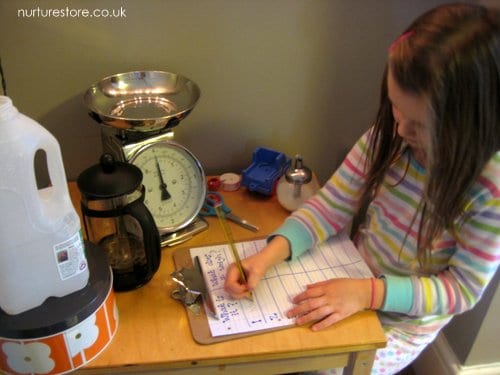
When to use math stations
You can decide how often to use math stations, to suit your timetable, but it can be beneficial to have them available on a daily basis.
You might use them as an arrival activity, as part of your math block of teaching, for early finishers, while you are working with a smaller group of children or individual child, or as an activity at free choice time.
One math station could be used for ten or twenty minutes, or you could have a variety of stations for children to rotate through for an hour.
If you have a teaching assistant, you might have them oversee the children using the largely ‘self-service’ math stations, allowing you individual time with certain students each day for one-to-one teaching.
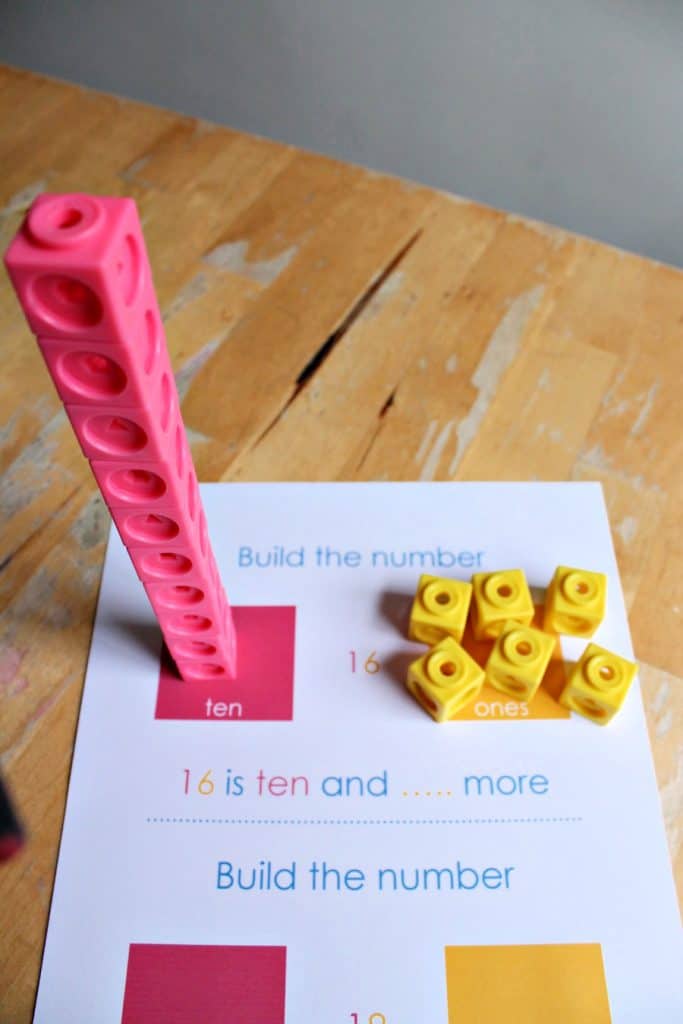
The benefits of using math stations in a classroom
The math station activities included in our Fun Math curriculum offer materials for children to see, feel, count, and explore to consolidate their skills .
These hands-on stations are great for children who need more support to understand the concept being taught, or more time to practice the skill and build confidence, and a fun way to put knowledge into real-life action.
The stations can offer daily, regular practice for children.
They work well as arrival activities or for early finishers, to keep children engaged while waiting for others.
When working in pairs or small groups, children can support each other, sharing knowledge and building team work.
Stations allow you to differentiate the activities in your classroom, so children of different abilities can all be offered learning opportunities at the level that suits them. You might set out an activity that can be used by any child, at any level, or direct children only to stations that are suitable for their level.
Math stations can allow you dedicated, one-to-one time with students as their classmates are happily engaged for a period of time in the ‘self-service’ stations.
Every child, however quickly they have picked up a new concept, benefits from play time at the math station.
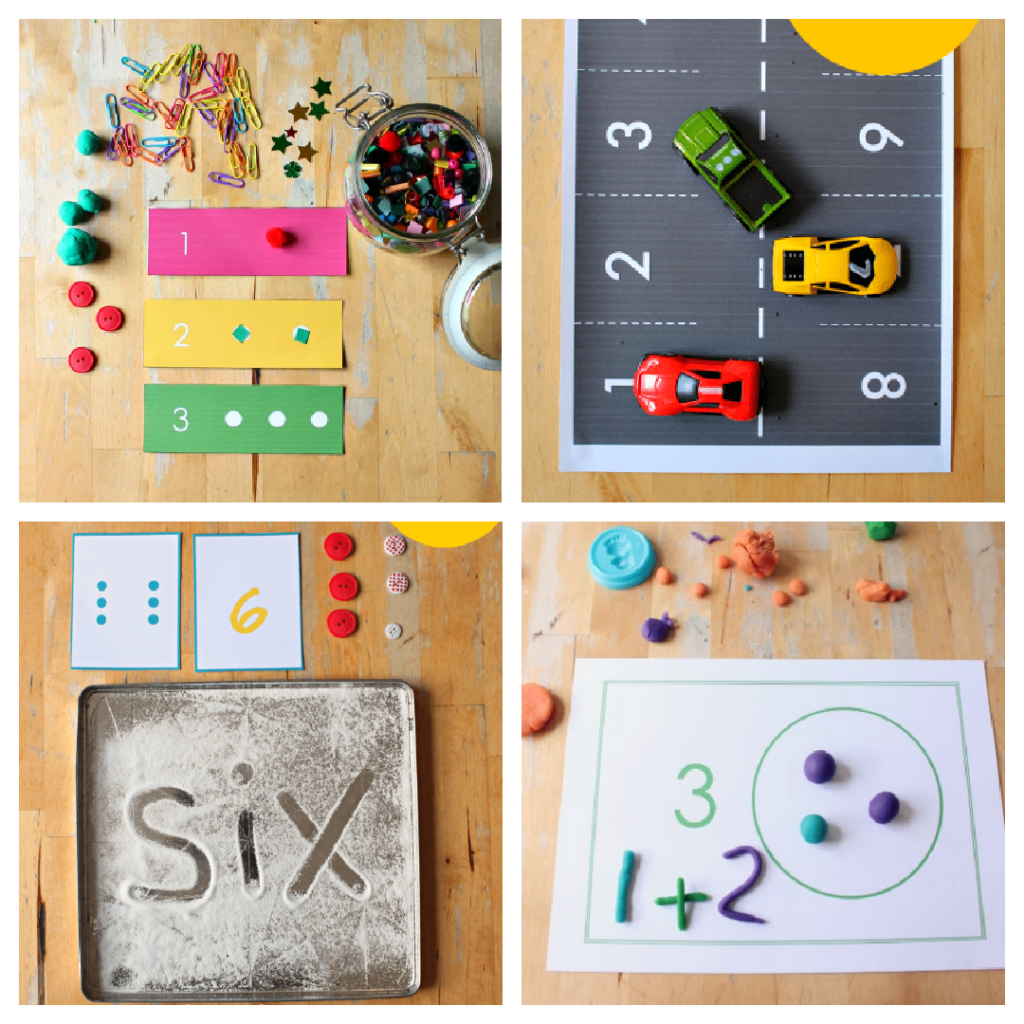
Math station ideas
The activities in our Fun Math series make excellent math stations, covering a wide range of fundamental math skills.
Many also give you printables you can set out to create your math station, along with suggestions for how to add loose parts and other sensory materials.
All use only simple materials that you will likely already have on hand, and all can be set up and tidied away very easily and quickly.
See more details of our Fun Math activities and choose your first one here.
Transform your teaching with Fun Math
The Fun Math series gives you a math curriculum that is easy to teach and highly effective.
Children love these lessons because they are engaging and fun.
You’ll have a clear set of ready-made math lessons and activities that are simple to lead using our step-by-step lesson guides, and which children really understand.
Be the best math teacher and boost your children’s confidence and skills with Fun Math.
See more and transform your teaching here.


